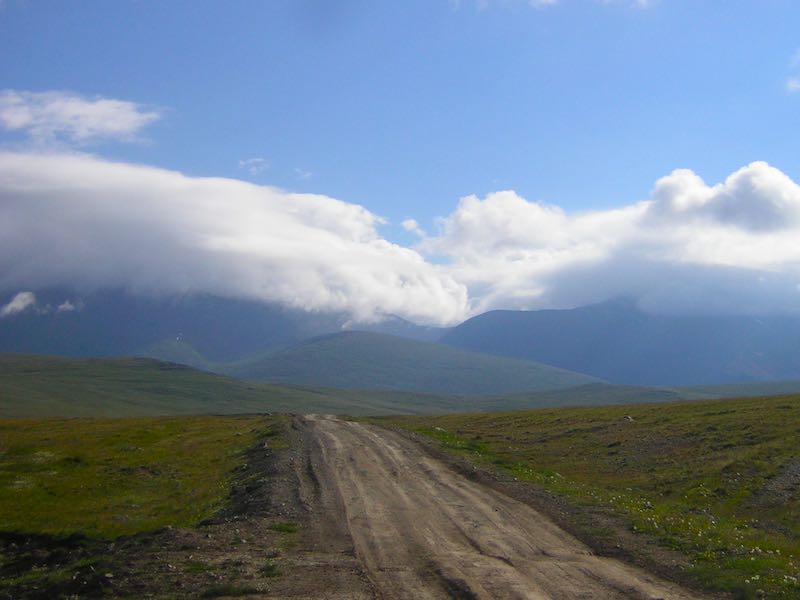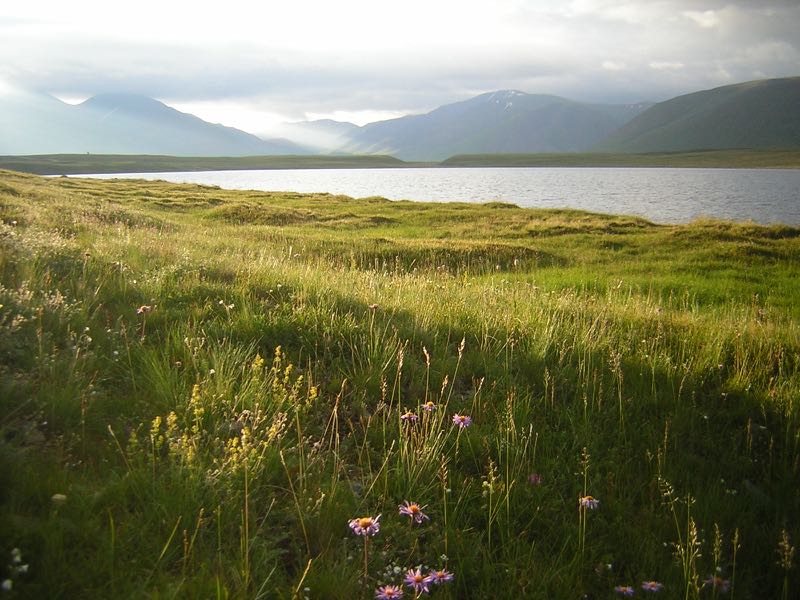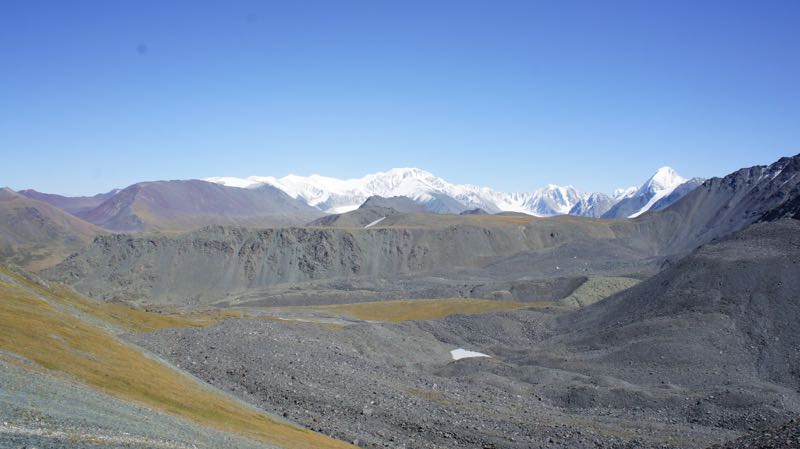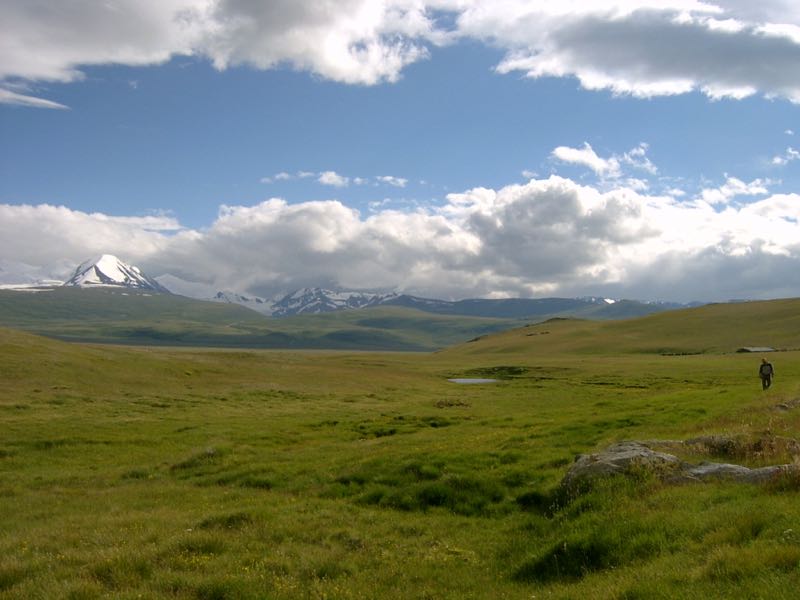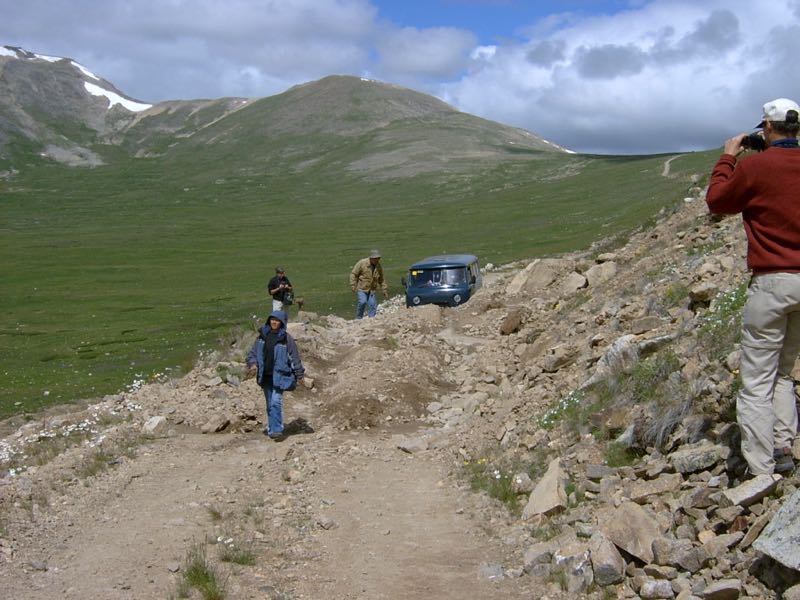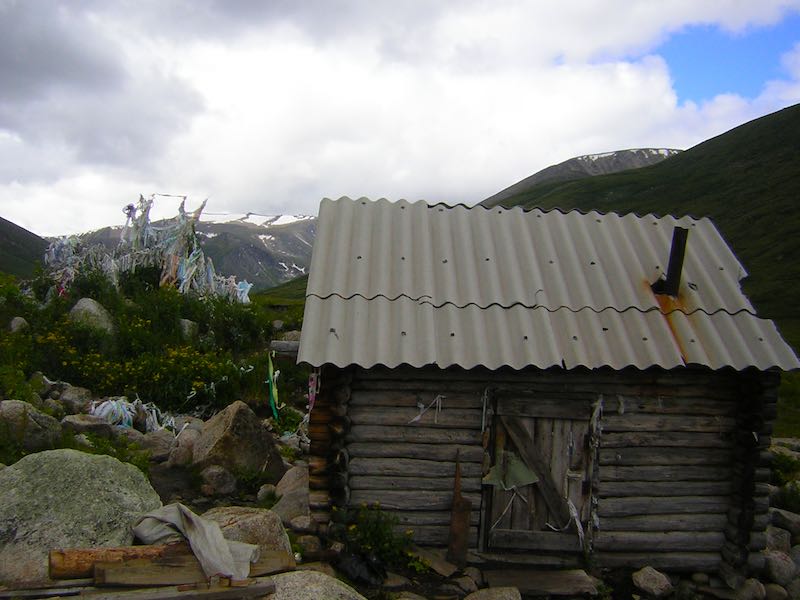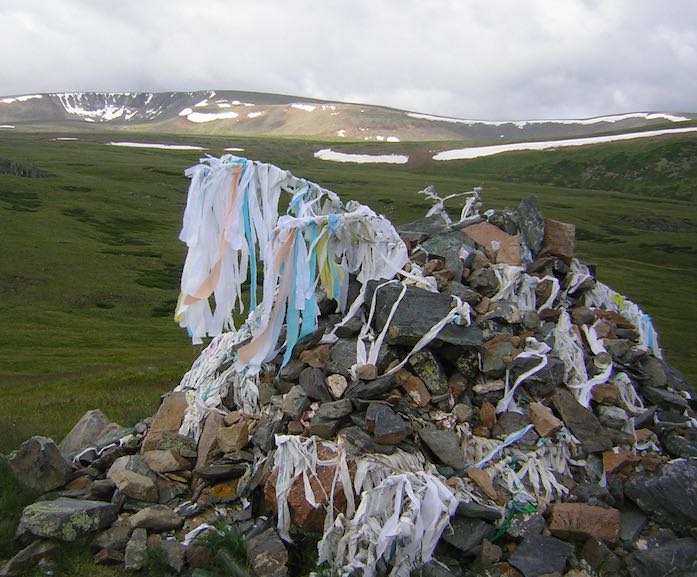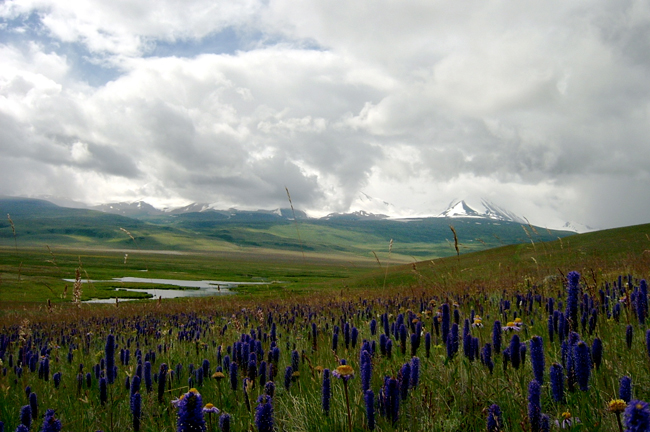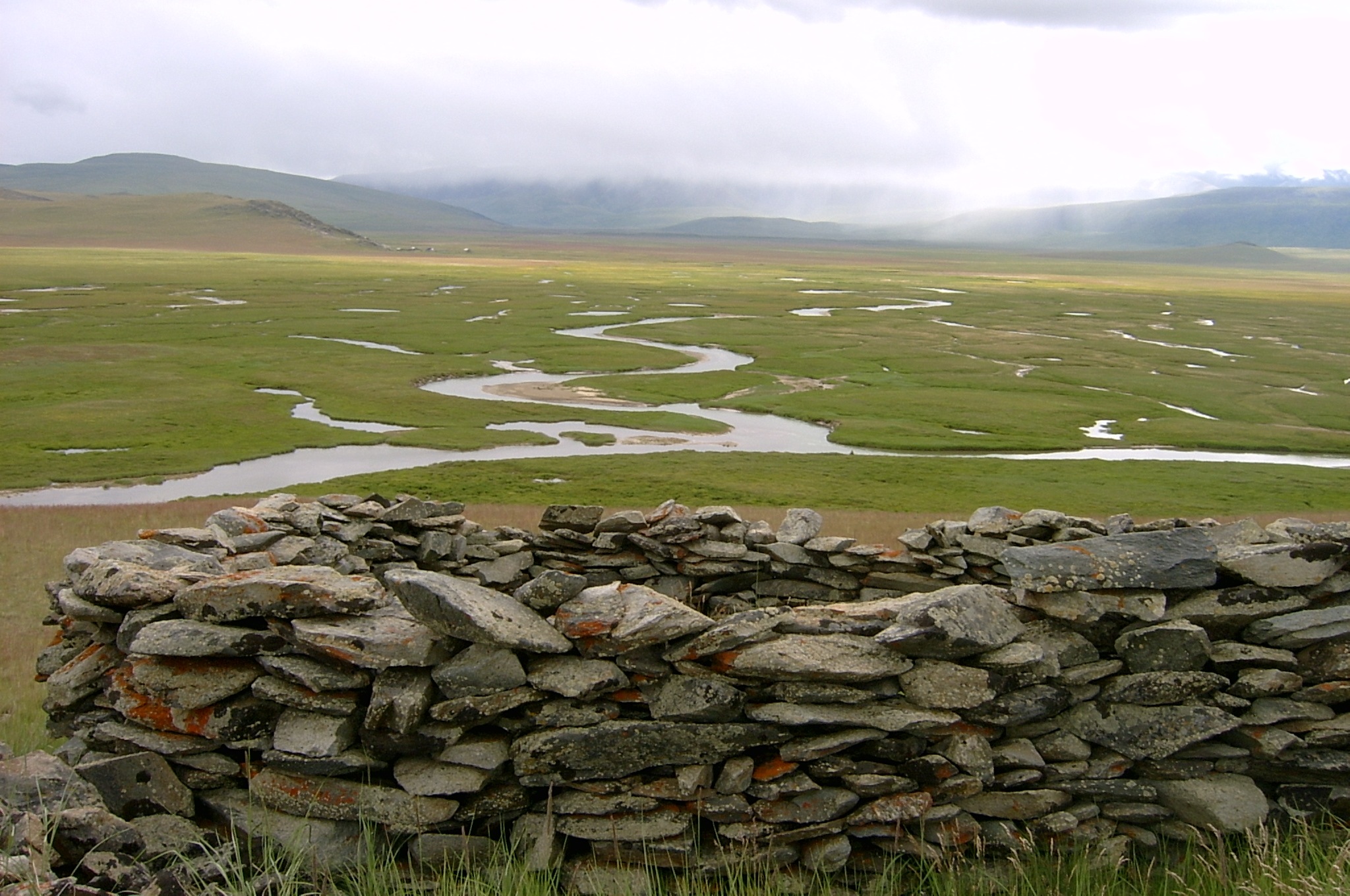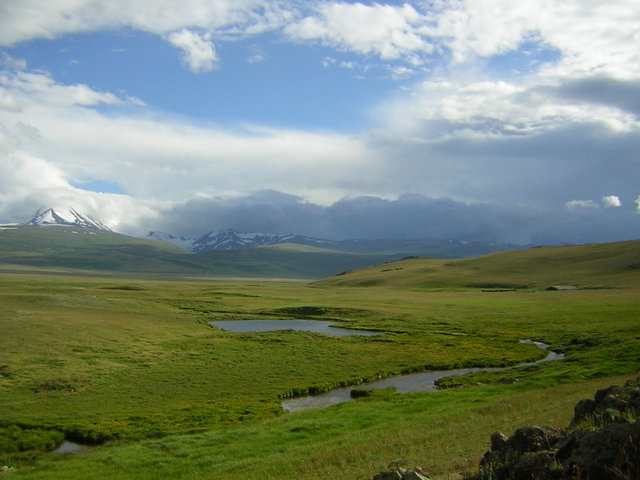Conservation of the sacred Ukok Plateau [2020]
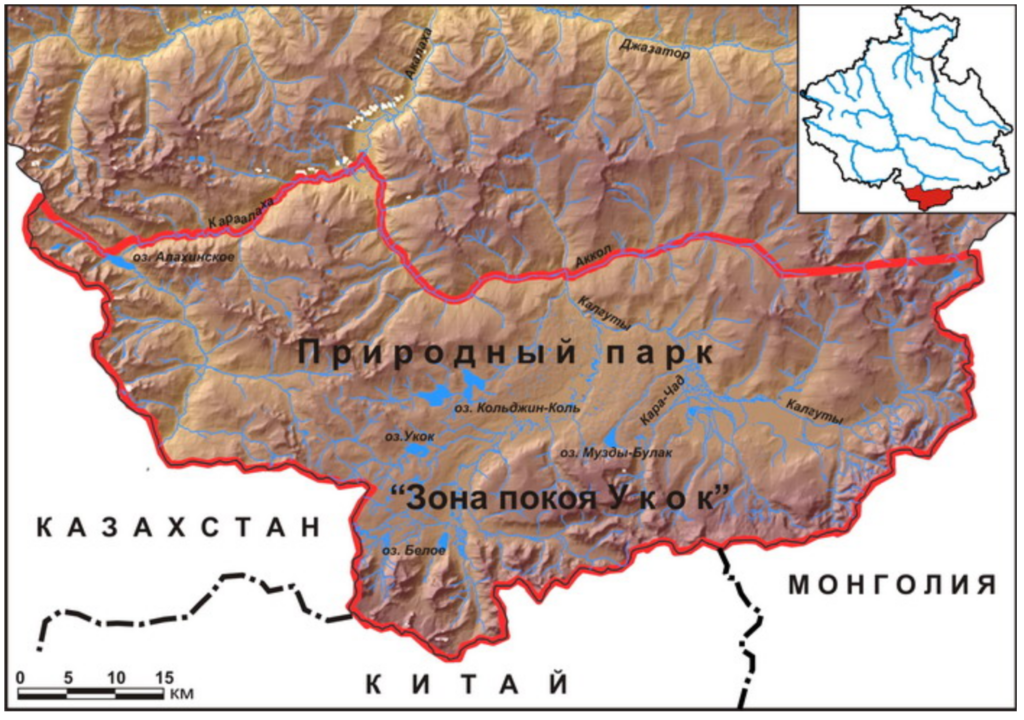
Situated at the intersection of Russia, China, Kazakhstan, and Mongolia, Ukok Plateau is part of the “Golden Mountains of Siberia“, UNESCO World Heritage Site created in 1998.
Isolated from the outside world by surrounding mountain ranges, Ukok is home to snow leopard, argali mountain sheep, and steppe eagles. Iron and Bronze Age petroglyphs are common and the plateau was once the resting place of the Ukok Princess (Ice Maiden) until her discovery, excavation, and removal in 1993. Some rock art may date back as far as the Paleolithic era (over 10,000 years ago). Rich in biodiversity and fragile landscapes, Ukok is truly a special place in the world…and is sacred to many native peoples. Visitors can sense the plateau’s close connection with the heavens above.
Our friends at Sacred Land Film Project created a 4-part film series called “Standing on Sacred Ground“. In Episode 1 “Pilgrims and Tourists”, the struggle to protect sacred lands focuses on the Ukok Plateau and the development projects that continue to threaten this sacred part of Altai. “Pilgrims and Tourists” aired throughout the country on PBS and the World Channel in 2015. You can visit the film’s website for more information or to find a way to watch.
Conservation Challenges
Protecting the Ukok Plateau has always been a priority for The Altai Project. We monitor potential threats and work together with our Altaian partners and US-based Altai Alliance members to support conservation initiatives in this sacred place. Believe it or not, aside from the climate crisis, the biggest threat facing the plateau is tourism.
Widespread permafrost tundra is extremely fragile. The passage of even a single vehicle off-road damages delicate soils, permafrost, and plant life and can require years or even decades to recover. Distant from settlements, waste management is very limited, and the “Leave No Trace” concept has not yet taken a firm hold in Russia.
The climate crisis is prompting the loss of permafrost and retreating glaciers, and there are cascading impacts to flora and fauna in the region. Melting permafrost on the Ukok Plateau is a direct threat to precious archaeological artifacts preserved within it.
Protected Areas
The entire Ukok Plateau is part of the regional Ukok Quiet Zone Nature Park, although this park is severely underfunded. As mentioned above, it is also a “cluster” within the Golden Mountains of Altai World Heritage Site, attracting global interest, but little real funding. Nearby Sailyugemsky National Park works to improve management and collaborate where possible. Given that the entire plateau is within the international border zone, access is by special permit only and visitors are monitored by the Russian Border Service. Zoning blocks all access to the most sensitive western corner of the plateau.
Sacred traditions on Ukok Plateau
Indigenous Telengits and Altaians believe that the Ukok Plateau is a place of burial and worship used by their nomadic ancestors (with or without a distinct genetic connection) and is still honored today. They are concerned that visitors to the area observe and respect local practices while visiting the sacred plateau. These include maintaining reverent quietude and behavior and avoiding appropriation and distortion of their traditions such as dyalama ribbon rituals, ceremony, and other spiritual observances. Several visitor centers in Kosh-Agach and a checkpoint at Dzhulumansky Springs have been created to educate visitors about the Plateau’s fragility, importance, and visitor guidelines for behavior.

